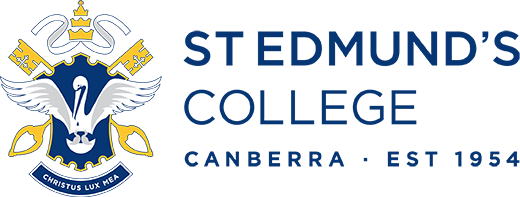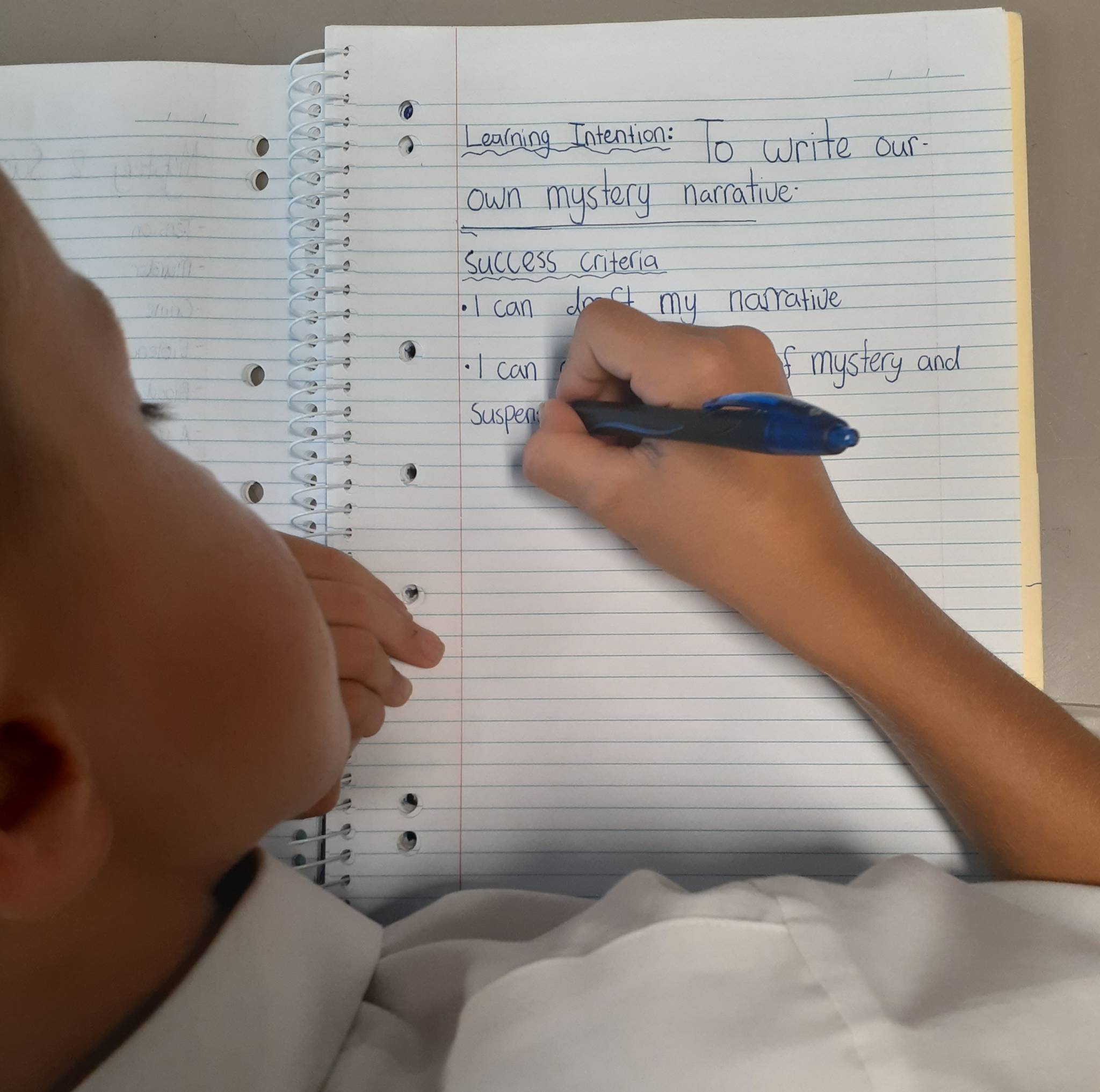One faculty’s mission to make learning transparent and to help students take responsibility for their learning.
This year the English and Languages Department is implementing Visible Learning in our classes. Visible Learning is a concept developed by John Hattie that helps students take greater responsibility for their learning. Through the implementation of weekly Learning Intentions and Success Criteria teachers make the how, what and why of learning more transparent to students. Students are then able to set goals for themselves and are encouraged to self-reflect on their strengths and weaknesses as learners. I have personally implemented this pedagogical approach at various school and I have seen first-hand the positive impact it can have on student learning and development. Often teachers, inadvertently of course, have a clear trajectory in mind for student learning but sometimes do not adequately share this vision with students. By explicitly telling kids what they are learning and why, they can play a greater role in the attainment of that learning and it will be of more value to them, thus helping them achieve. So what does it look like in practice? Every week the class will decide upon a Learning Intention, what is the overarching thing they will learn that week. This intention is coupled with three success criteria, the smaller goals we will attain in order to fulfil our intention. If at the end of the week we can successfully tick off all three success criteria, we will have achieved our intention. I find that this system is particularly successful in a Boys educational setting as many young men are drawn to the feeling of success and “winning” through the ticking off of success criteria. To compliment this we also have a Word Wall. Every week we will learn three new vocabulary words, which will eventually live on our Word Wall. We define these words, put them into sentences, and then students strive to implement this new vocabulary in any written task we engage with. The words will increase in difficulty as the term progresses. In essence, we hope that Visible Learning will lead our students to become more engaged learners who take greater responsibility for their learning and development. Learning is a journey, not a destination, and we hope that Visible Learning will encourage our students to enjoy the ride.
Ashleigh Kerin (Head of English and Languages)


